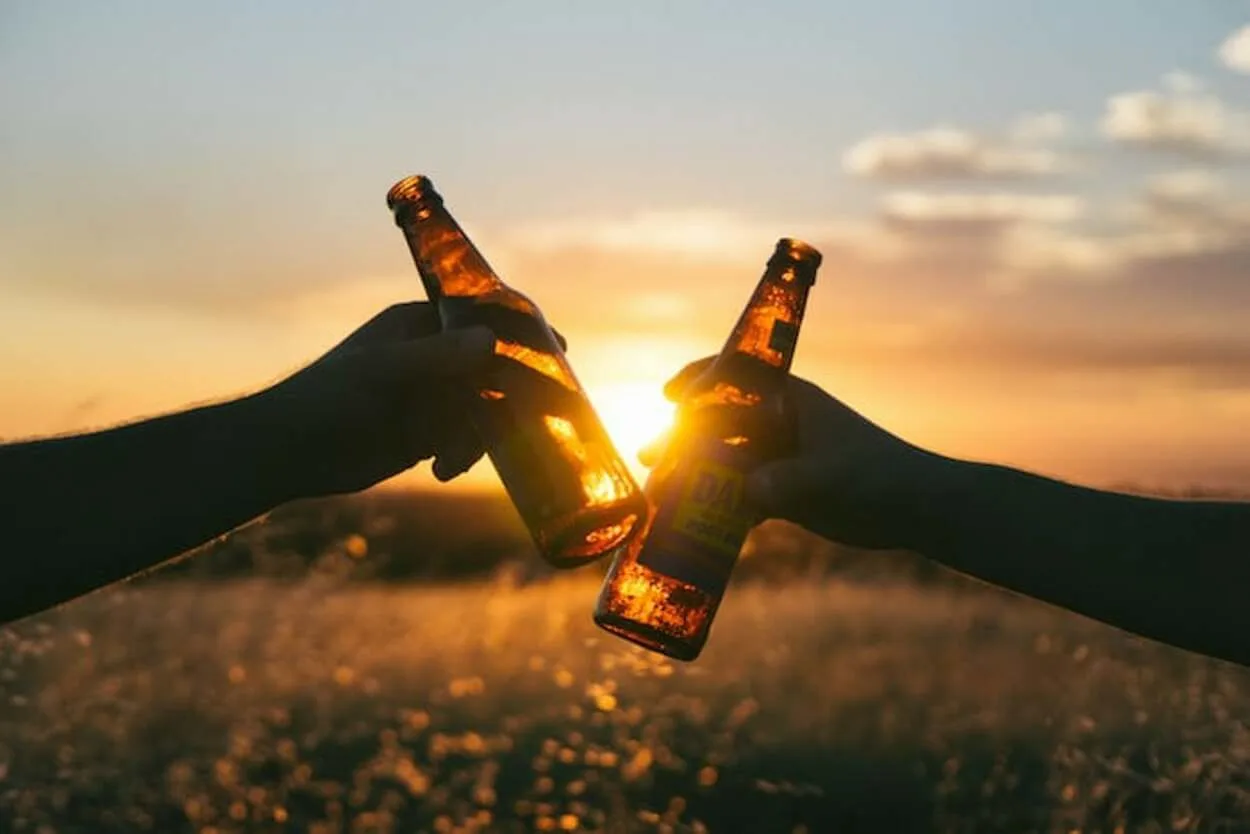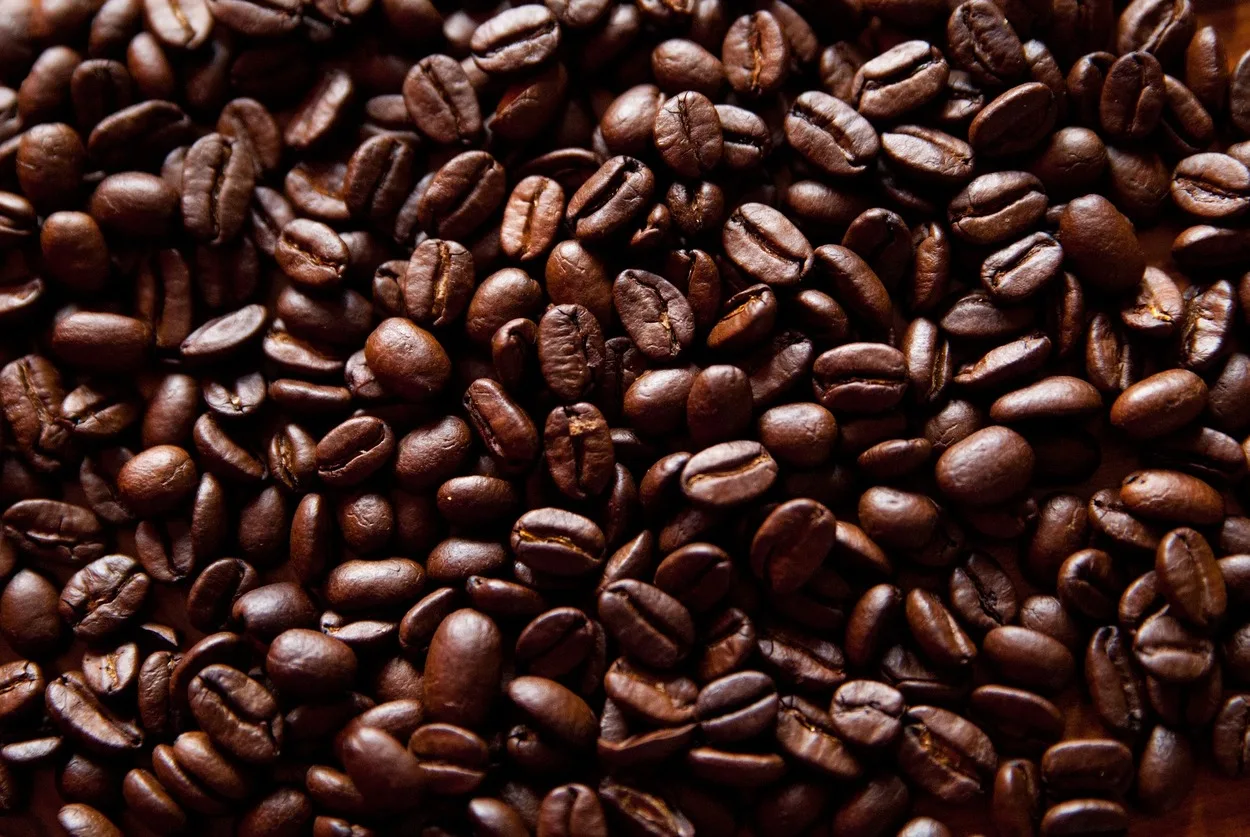Red Bull introduced energy drinks into our culture, and it didn’t take long for products like 5-Hour Energy to rush in and offer energy shots in addition to energy drinks.
Red Bull made its American premiere in 1997 after making its debut in Europe, which launched the contemporary energy drink market as we know it today.
For many people who don’t have time to relax, energy drinks have become an essential component of their daily routine. It would be nearly impossible to keep ahead of the day with all of its stressors without energy drinks.
The idea that humans did not have access to energy drinks for a significant portion of human history is somewhat bizarre. I suppose all they had to do was try to survive.
The first energy drink was called “Dr. Enuf” and was introduced in 1949. They were originally introduced in Europe in 1987, and after that, the market grew globally and gained enormous popularity following the introduction of Red Bull in 1997.
Keep reading if you want to learn more about energy drinks since there is a lot of information here.
Page Contents
What is an Energy Drink?
A specific kind of beverage known as an “energy drink” is one that often contains caffeine and is marketed as providing both mental and physical stimulation (marketed as “energy” but different from food energy).
Along with sugar, various sweeteners may or may not be carbonated, as well as herbal extracts, taurine, and amino acids. They are marketed as improving athletic performance, differ from sports beverages, and fall within the broader category of energy items, which also include bars and gels.
Coffee, tea, and other naturally caffeinated drinks are typically absent from energy drinks. Other soft drinks, such as cola, may also contain caffeine, although they are not thought of as energy drinks. A typical healthy adult can safely drink up to 400 mg of caffeine per day, according to this study.
This has been verified by a panel of the European Food Safety Authority (EFSA), which also concludes that adults can consume up to 400 mg of caffeine daily without experiencing any adverse effects.
Energy drinks’ caffeine and sugar have effects, but there is little to no evidence that the wide range of additional compounds has any effect. The majority of energy drinks’ effects on cognitive performance, such as increased attention and reaction time, are mostly due to caffeine. Other studies link the effects of the combined substances to those performance gains.
Background Of Energy Drink

Energy drinks initially debuted in Asia and Europe in 1960.
In 1987, a well-known energy drink brand began selling in Austria. This brand’s introduction to American consumers in 1997 contributed to the rise in popularity of high-caffeine energy drinks, which was later fueled by aggressive industry marketing.
The word “energy” is generally used to describe this kind of product, which also contains large amounts of caffeine and other ingredients that aren’t typically included in soft drinks.
It’s important to differentiate between energy drinks and sports beverages. Sports drinks may contain flavors, minerals, electrolytes, and carbohydrates. Their common name suggests that they aid in rehydrating electrolytes and water lost through perspiration during physical activity.
Energy Drink’s Ingredients And Their Effects
Most of the following ingredients, if not all of them, will be present in any energy drink you find.
| Ingredients | Advantages |
| Caffeine | Increase focus, lessen the chance of being sleepy, and be more alert. |
| Taurine | Increases nerve growth, decreases blood pressure, and activates the neurological system. |
| Carbohydrates | Increases nervous system activity reduces blood pressure and encourages the creation of new nerves. |
| B-Vitamins | Controls cell growth, promotes cell health, & helps to make red blood cells. |
| Ginseng | It reduces inflammation, treats cancer symptoms, and improves cognitive function. |
Calories Content
Calories are the body’s primary energy source and help various organs function while also being stored as body fat that may be used as needed. Like other ingredients, it might be harmful if consumed in large amounts.
The negative effects of a high-calorie diet and way of life can include weight gain, an increased risk of heart disease, and high blood pressure.
This recommendation calls for a 2,000-calorie intake diet with a 2,400-calorie upper limit for women and a 3,000-calorie upper limit for men. These are just a few of the explanations it offers.
Whether you’re a youngster or an adult, I suggest combining constant calorie consumption with activity to make room for additional incoming calories. The body can also maintain its healthy state in this case as opposed to fighting off risks and symptoms brought on by the stored materials.
Caffeine Content

Caffeine, a well-known stimulant, offers you vigor and focus for a few hours. This ubiquitous substance, which plants primarily make, is frequently found in energy drinks.
According to this study, healthy individuals should keep their daily caffeine intake to 400 mg in order to prevent any long-term negative side effects.
Studies show that if you consume less than 200 mg of caffeine per day, you will feel better, have faster reaction times, and stay awake for at least a few hours. Additionally, you have better-than-average brain, colon, and heart functions, which lowers your risk of developing various illnesses like cardiovascular diseases.
There are several energy drinks with caffeine levels that are almost as high as the daily suggested limit, like Monster and Bang Energy (400mg).
Sugar Content
To function effectively, your body requires sugar and carbohydrates. Actually, it helps the central nervous system work and contributes to the synthesis of red blood cells.
Because well-known brands do have high sugar levels, sugar can be a big concern in energy drinks in addition to caffeine. Regularly consuming foods, drinks, and snacks high in sucrose can lead to type II diabetes, skin problems, weight gain, and a variety of other problems.
Because of this, the general public has been recommended to keep their daily sugar intake to no more than 25 grams for women and 35 grams for men.
The sugar crash that results from sugar withdrawal is another thing to avoid. This is a medical emergency since the person could fall into a coma or even die if their blood sugar levels continue to dip below 70 milligrams per deciliter.
Are Energy Drinks Bad for Your Health?
According to some studies, excessive or regular usage of energy drinks can cause anxiety, headaches, high blood pressure, and heart arrhythmias.
In 2011, the use of energy drinks was linked to more than 20,000 visits to emergency rooms in the US. Five of the 11 patients in a short 2014 review who had major heart issues, including cardiac arrest, admitted to drinking many energy drinks.
Energy Beverages are Harmful to your Heart.
Because it can make you more alert, caffeine is the major component of energy drinks. Caffeine can induce the following side effects when taken in high doses of more than 400 milligrams per day:
- Heart flutters
- Higher blood pressure
- Higher heart rate
- Heart rhythm problems
After taking a 32oz energy drink for three days in a row, healthy participants in a small 2016 study experienced an increase in cardiac QT interval, which is linked to sudden death.
Sugar is Abundant in Energy Drinks
For women, the American Heart Association recommends a daily limit of 25 grams of sugar, or six teaspoons, and for males, a daily limit of 36 grams of sugar, or nine teaspoons.
Inflammation, which has been connected to a number of chronic illnesses like cancer, diabetes, and heart disease, can be brought on by excessive sugar intake. Additionally, eating additional sugars can make you more likely to develop obesity and non-alcoholic fatty liver disease.
Teenagers Should not Consume Energy Drinks
According to Moussa, adolescents who are still growing and developing and are unable to withstand the negative consequences of energy drinks are particularly vulnerable.
Energy drinks raise the risk of a number of medical disorders in adolescents and young adults, including:
- Abnormalities of the cardiovascular nervous system
- Underdevelopment of the mind
- Increased likelihood of developing depression and other mental diseases
- Sleep problems
- Energy drinks are frequently pushed on young people despite their harmful health effects.
Can you Take Energy Drinks in Moderation?
Energy drinks are often not healthy. They can be secure if ingested in moderation by healthy individuals, albeit there are healthier alternatives to increase energy.
Limiting your intake of energy drinks and increasing energy and focus instead with healthy options, such as:
- Consume a protein- and carb-rich snack, such as apple and string cheese. Protein and carbohydrates together can boost energy and improve attention.
- Chomping down on some dark chocolate, which contains antioxidants, flavoring, and caffeine that can improve brain activity.
- Having a seven to eight-hour sleep cycle
- Doing regular exercise
Conclusion
- Red Bull made its American premiere in 1997 after making its debut in Europe, which launched the contemporary energy drink market as we know it today.
- Energy drinks were first popularized by Red Bull, and soon after that, companies like 5-Hour Energy jumped on board to offer energy shots in addition to energy beverages.
- For many people who don’t have time to relax, energy drinks have become an essential component of their daily routine. It would be nearly impossible to stay ahead of the day with all of its stressors without energy drinks.
- Energy drinks can impose negative effects on your well-being.
- Moderate consumption is the key.
